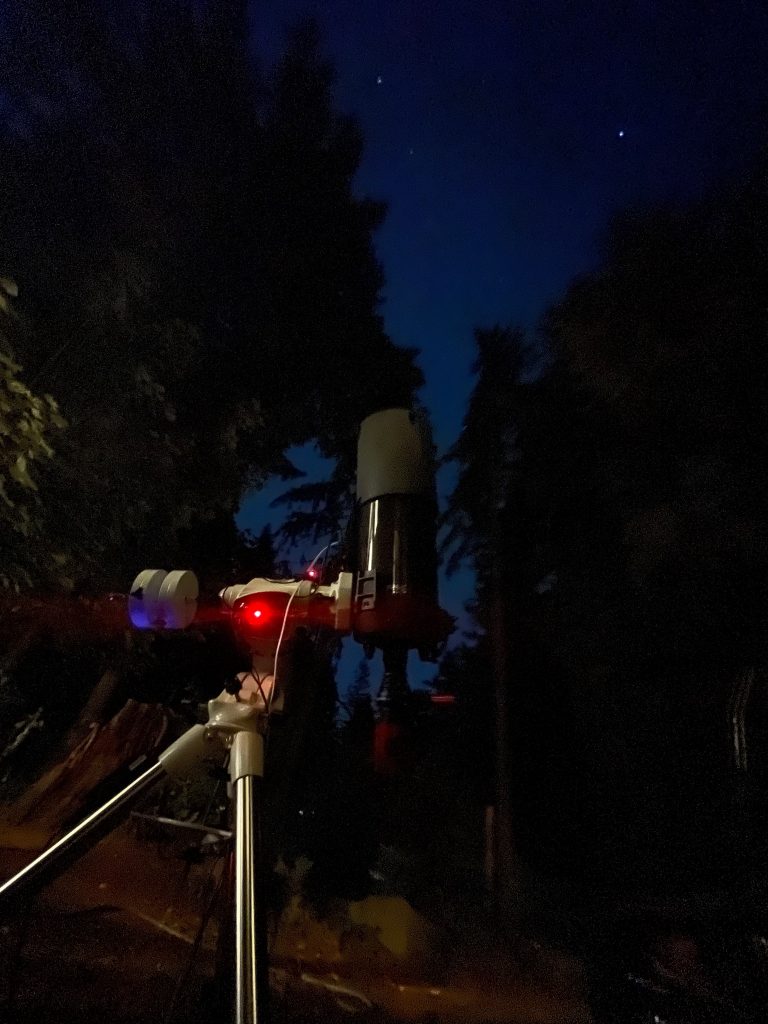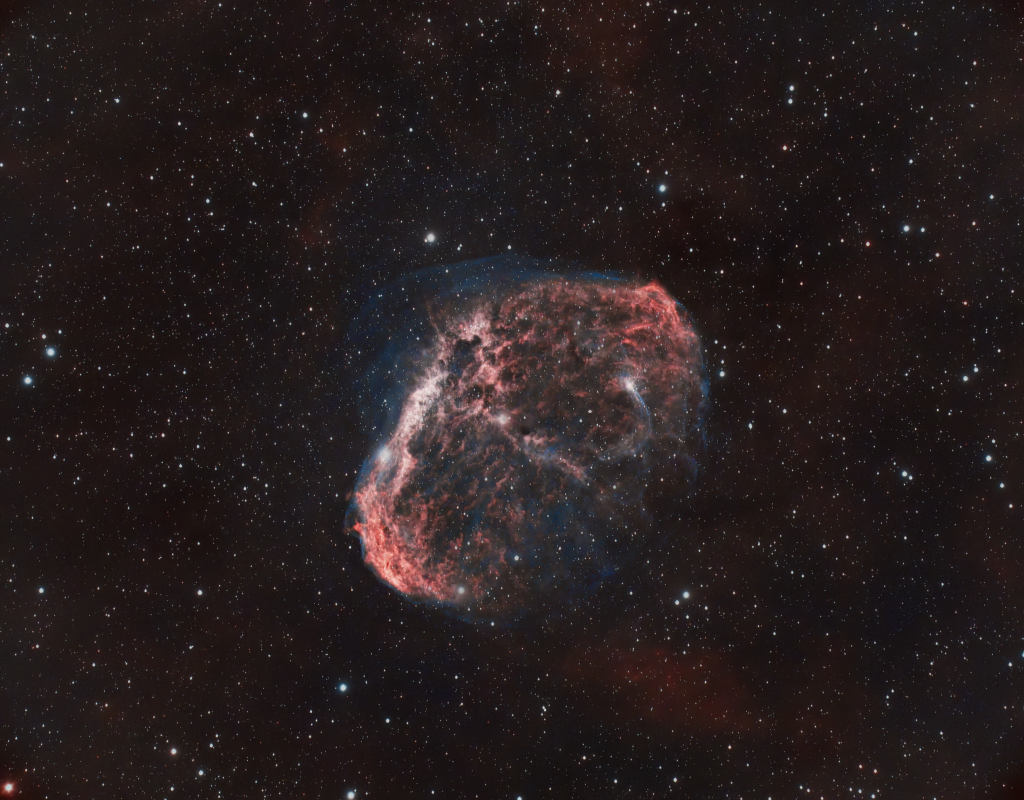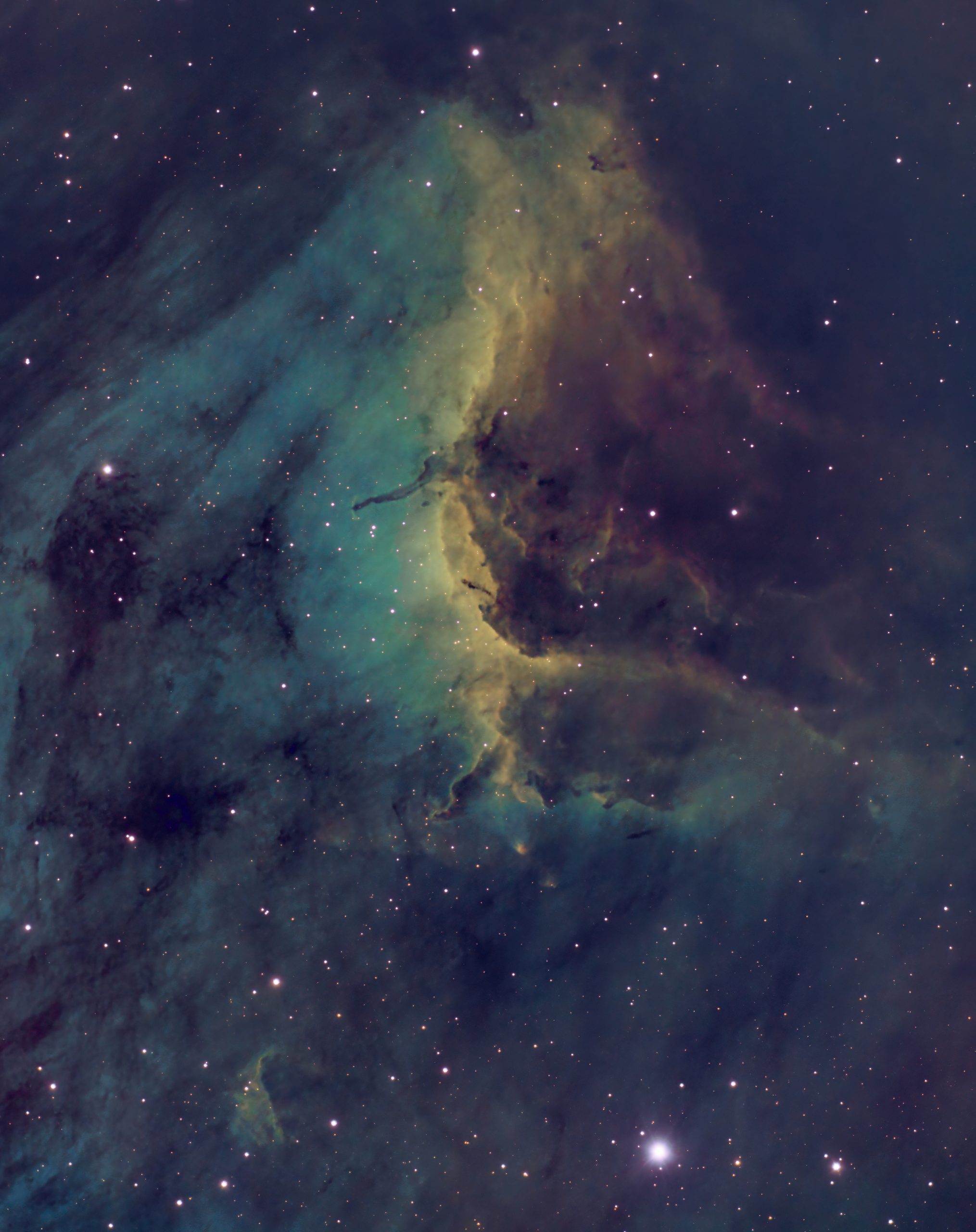I have a Celestron EdgeHD 8″ carbon optical tube. I got the Celestron for a couple of reasons. First, it is an excellent planetary/lunar scope. With a focal length of 2032mm, and with a high power eyepiece, Jupiter and Saturn are incredible. When the seeing is good, and with a 2x Barlow, you can get incredible detail out of solar system objects.

The problem with a 2000mm f/10 scope when imaging deep sky objects is… it’s 2000mm and f/10. It is NOT a beginner scope, as I found out the hard way. Even with a focal reducer (which is highly recommended–I use the .7x from Celestron), good guiding and excellent polar alignment is key. I highly recommend starting out on a smaller scope and working up. And, in hindsight, something like the William Optics RedCat would have saved quite a few headaches in learning the astrophotography ropes.
The saving 5grace of the C8, though, is the ability to turn it into a super fast scope that’s essentially a more versatile version of a Celestron RASA. The secondary mirror of this scope can be replaced with Starizona’s HyperStar system. I have the latest version of this setup, which cuts the focal length down to 390mm and speeds up the imaging to f/1.9. It is a VERY fast setup that can slice the overall exposure time dramatically.

They HyperStar comes with its own challenges, and I’m far from mastering all of those. Collimation is tricky unless you’re willing to plop $500 down on a laser collimation system. And, getting the exposures right on such a fast scope is tough as the stars are easy to blow out. Still, it’s an impressive piece of hardware to add that means you have, in one rig:
(1) a long focal length scope that can tackle solar system objects well and, with accurate guiding, can tease out detail in tiny deep space objects like planetary nebula and smaller galaxies; and
(2) a wide-field, super fast scope for large and faintly nebulous objects and with a focal length that reduces, if not eliminates, the need for super accurate polar alignment and guiding.
The fast optics with the HyperStar also help capture objects that I don’t have a lot of time with given the limited view in my backyard (again, only from about 70-75 degrees to the zenith in all directions). When you’ve only got 30 or 40 minutes before a target is lost in the trees, every bit of light-gathering helps.

Of course, that HyperStar comes with the same price tag of a decent APO scope. Again, I highly recommend that road for beginners. Imaging with my RedCat is a much easier affair on all fronts, and I definitely wish I’d heeded advice to start simple.
That said, once things start to click with guiding, the 8″ SCT makes for a fun scope on smaller objects and with longer exposures. I now spend pretty much all of my backyard imaging time with the Celestron:

And the results are starting to pay off.


